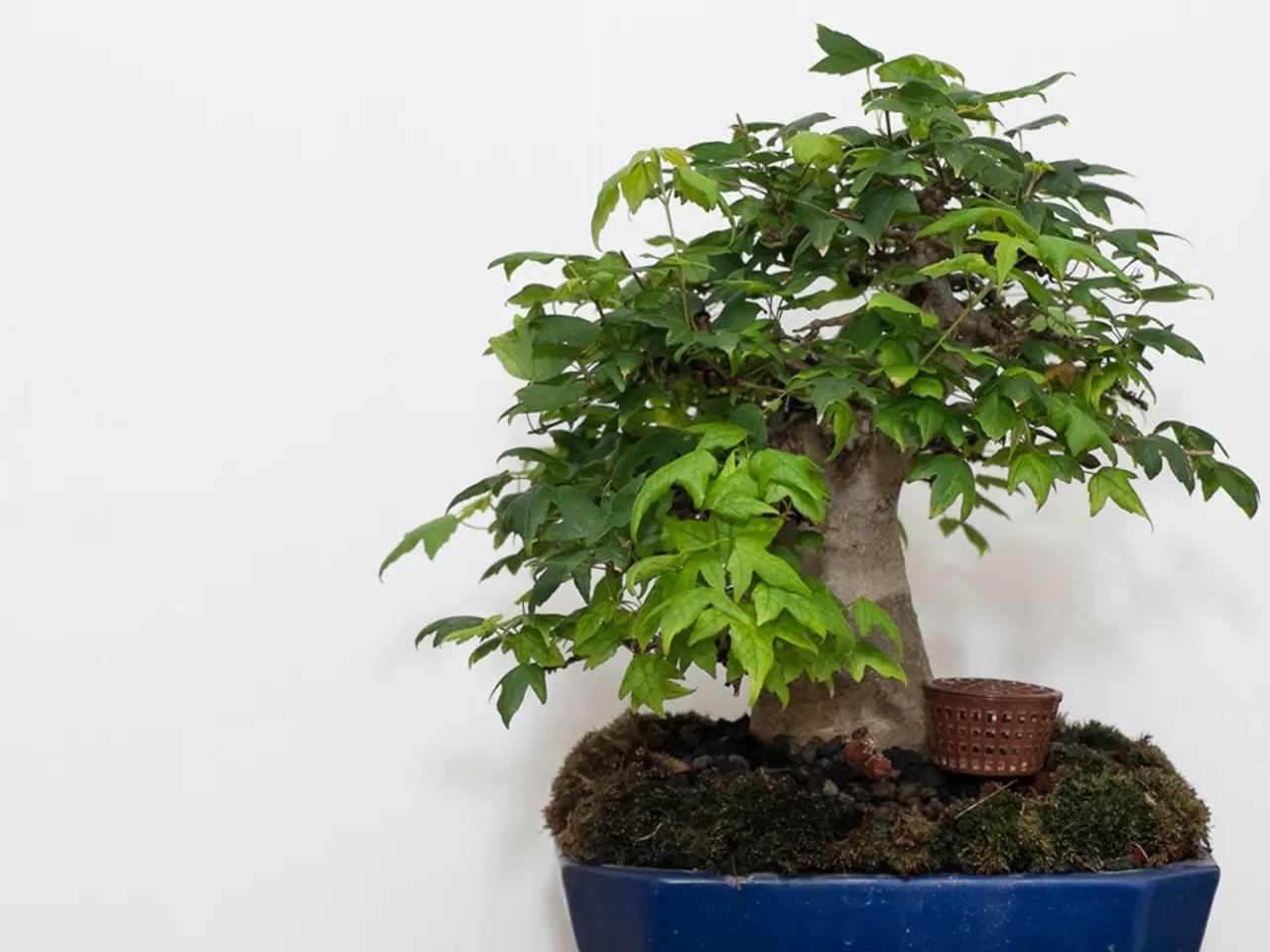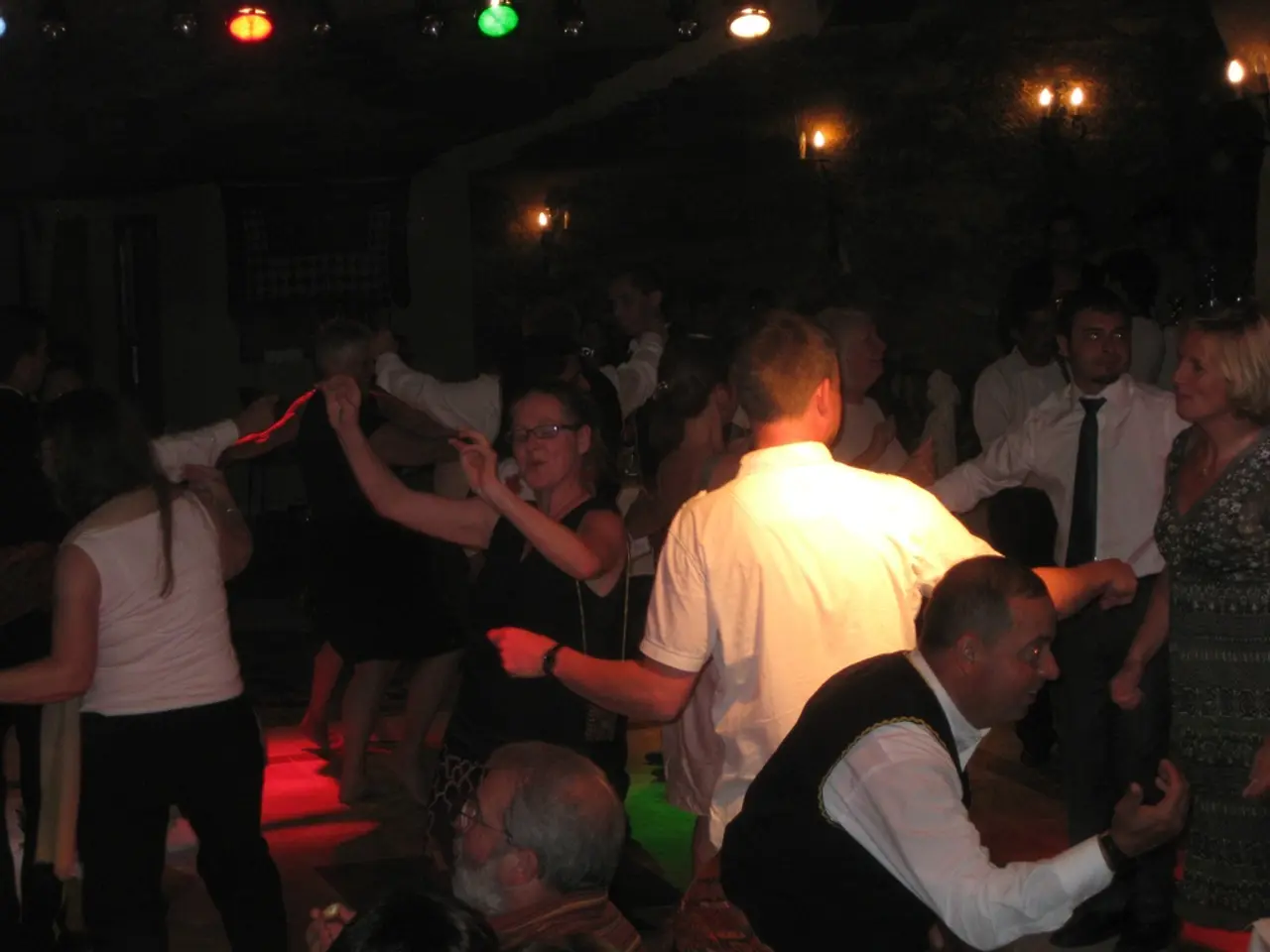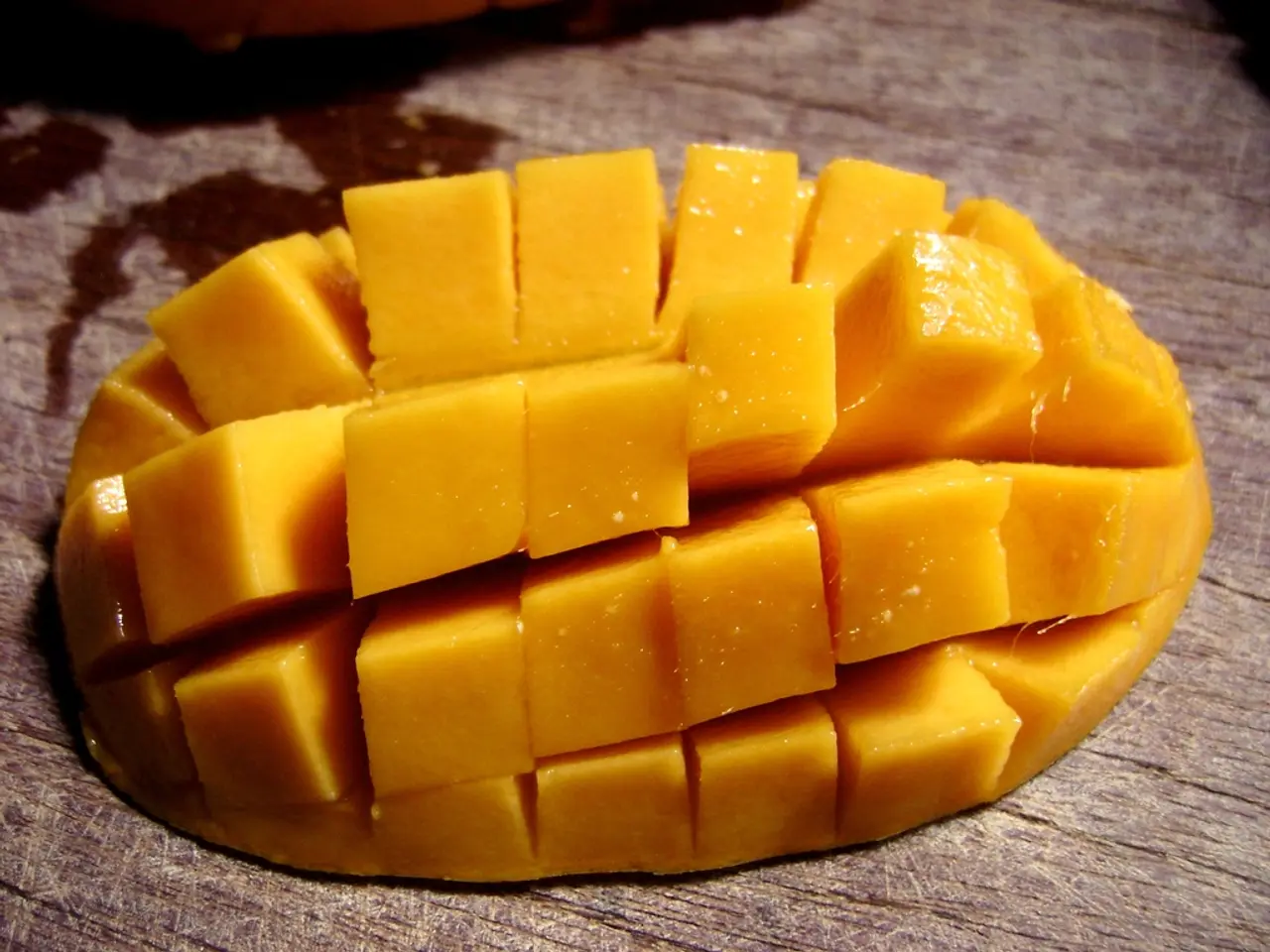Guide for Fertilizing Outdoor Bonsai Across Seasons with Suggestions
Proper fertilization is crucial for the health and growth of outdoor bonsai trees. To ensure your bonsai thrives, consider the specific requirements of the tree species and growth stage. Here are some key practices to follow:
Frequency and Timing
Fertilize outdoor bonsai roughly once a month during the active growing season, which typically spans from spring through fall. For example, Siberian Elm bonsai benefit from monthly feeding in spring, summer, and fall, with no fertilizer during the winter dormancy. Some species, such as American Sweetgum, should be fertilized every 4-6 weeks during growth periods, using lighter or no feeding in winter when growth slows or stops. Adjust frequency slightly based on the species' metabolism: tropical bonsai may have longer growing seasons, while temperate species require strict winter rest.
Type of Fertilizer
Use balanced fertilizers in diluted liquid form every 2-4 weeks during active growth, customized for bonsai to avoid excessive nutrient buildup. Organic fertilizers like fish emulsion or compost tea can provide steady nutrient release and reduce burning risk for sensitive species like American Sweetgum. Consider species-specific nutrient needs: for example, junipers and zelkovas (common outdoor bonsai) benefit from fertilizers that support their natural growth rhythms and hardiness.
Growth Stage Considerations
During active growth, higher nitrogen supports leaf and branch development. In late growing season or pre-winter, switch to fertilizers lower in nitrogen and higher in phosphorus and potassium to promote root growth and dormancy preparation. Young or recently repotted bonsai may need lighter fertilization to avoid root burn, while mature, healthy bonsai can tolerate regular feeding schedules.
Environmental and Species Factors
Outdoor bonsai require soil that drains well to prevent nutrient buildup and root rot, so use species-appropriate bonsai soils like akadama or pumice-based mixes. Maintain the natural seasonal rhythm by keeping outdoor bonsai outside with winter protection, avoiding fertilization during cold months when metabolic activity slows drastically.
Avoid Over-fertilizing
Continuous, heavy feeding can cause coarse, unhealthy growth and root damage; smaller regular doses are preferable. Monitor the health and growth pattern of each bonsai species closely and adjust fertilizer strength and frequency based on visual cues and growth rate.
Additional Tips
- Fertilizing outdoor Bonsai can impact its repotting schedule, so a thoughtful approach guarantees a seamless synergy between these essential care practices.
- Household items like banana peels, eggshells, and coffee grounds can be repurposed as natural fertilizers for outdoor Bonsai trees.
- During extreme weather conditions, it's generally inadvisable to fertilize outdoor Bonsai, as intense heat, cold, or wetness can cause nutrient overload, stressing the tree further.
- A deluge of water is not necessary after fertilizing; instead, maintain a consistent moisture level.
- Organic fertilizers provide a slow and steady release of nutrients, mimicking the natural pace of the ecosystem.
- As the tree matures, its nutritional needs shift towards increased phosphorus to promote root development and overall tree health.
- Fertilize around the dripline, where the tree's roots are most active, rather than at the base of the trunk.
- During the seedling stage, a balanced fertilizer with equal N-P-K ratios provides the necessary foundation for robust growth.
- Water the tree thoroughly before fertilizing to prevent burning the roots.
- Organic fertilizers enrich the soil structure, encouraging the proliferation of beneficial microorganisms.
- In the juvenile stage, a slightly acidic fertilizer with a higher nitrogen content fosters vigorous foliage growth, while a more mature tree may require a fertilizer with a higher potassium content to enhance resistance to disease and pests.
- After fertilizing, water your bonsai sparingly, as excessive moisture can dilute the fertilizer's effects.
By following these guidelines, you'll be well on your way to providing your outdoor bonsai with the nutrients it needs to flourish. Different Bonsai species have unique requirements, such as Ficus and Fig trees requiring high levels of potassium, Maple and Oak trees benefiting from micronutrient-rich fertilizers, Coniferous species responding well to fertilizers with high nitrogen content, and Deciduous trees requiring a balanced NPK ratio. Use a balanced, water-soluble fertilizer specifically formulated for Bonsai trees, and apply it during the early morning or late evening to minimize evaporation and maximize absorption.
- Incorporating nutrients from organic sources like banana peels, eggshells, and coffee grounds can support the health-and-wellness of outdoor bonsai trees within a home-and-garden setting.
- For those seeking a lifestyle that embraces gardening, understanding the nutritional requirements of various bonsai species, such as Ficus and Fig trees needing high potassium levels, and Deciduous trees requiring a balanced NPK ratio, is essential to their proper care.
- A well-cultivated bonsai garden also contributes to overall lifestyle benefits, promoting mental well-being, and reinforcing the connection between humans and nature through nutrition and science.




